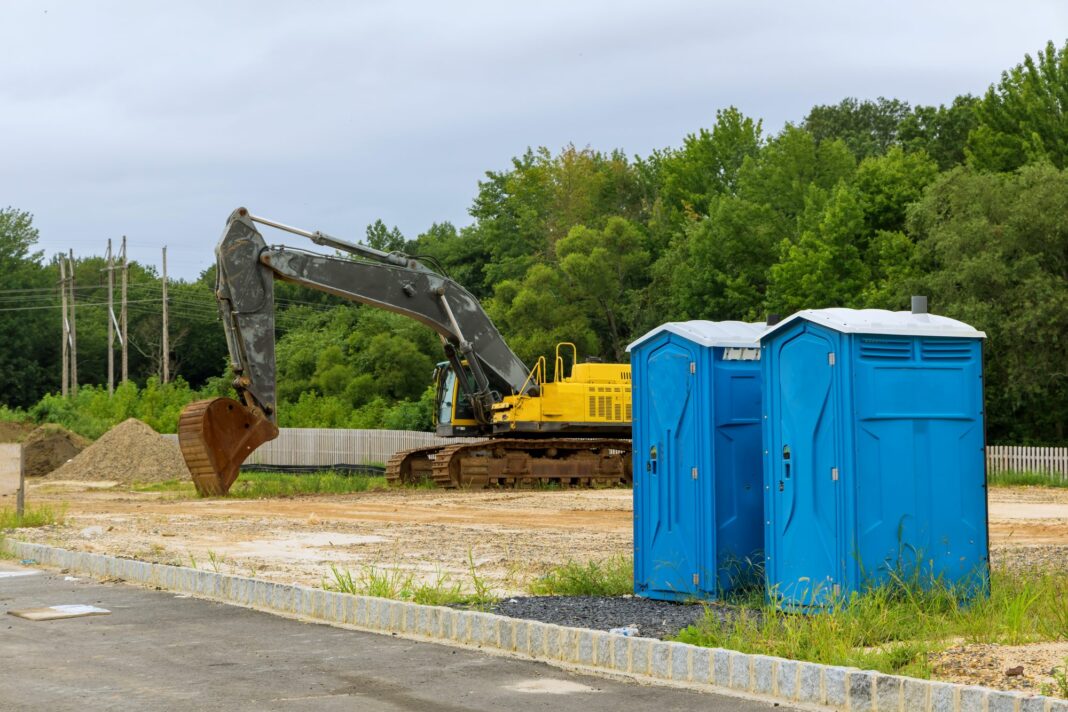Beyond Cleanliness in Site Sanitation Innovations for Today’s Challenges
Innovations in site sanitation have taken on a new level of importance in today’s world, extending beyond mere cleanliness to address a myriad of challenges. With the global landscape constantly evolving, from the ongoing COVID-19 pandemic to the urgent need for sustainability, these innovations are crucial for ensuring the health and well-being of individuals and the environment alike. One of the most notable advancements in site sanitation is the development of touchless technologies. In response to the heightened awareness of germ transmission, touchless systems for faucets, soap dispensers, and hand dryers have become increasingly prevalent. By minimizing contact with surfaces, these innovations reduce the risk of spreading pathogens, enhancing both hygiene and peace of mind for users. Moreover, the integration of sensors and automation not only improves sanitation but also promotes efficiency, conserving resources such as water and electricity. Furthermore, the integration of antimicrobial materials into site infrastructure has emerged as a powerful tool in the fight against pathogens.

Challenger Site Services (NW) door handles to countertops, these materials actively inhibit the growth of bacteria and viruses, creating a more hygienic environment for occupants. This proactive approach to sanitation not only reduces the risk of infection but also minimizes the need for harsh chemical cleaners, supporting both human health and environmental sustainability. In addition to addressing immediate health concerns, site sanitation innovations are also tackling broader challenges such as water conservation and waste reduction. Water-saving fixtures, such as low-flow toilets and urinals, significantly decrease water consumption without sacrificing performance. Similarly, the implementation of composting toilets and recycling systems enables sites to minimize their ecological footprint by diverting waste from landfills and promoting resource recovery. These sustainable sanitation solutions not only benefit the environment but also contribute to cost savings and regulatory compliance. Moreover, advancements in sanitation technology are extending beyond traditional indoor spaces to encompass outdoor environments as well. Mobile sanitation units equipped with solar-powered UV disinfection systems are revolutionizing sanitation in remote and disaster-stricken areas, providing access to clean and safe facilities where conventional infrastructure is lacking.
These portable solutions offer flexibility and scalability, empowering organizations to respond rapidly to sanitation crises and humanitarian emergencies. Collaborative approaches to site sanitation are also on the rise, with stakeholders across industries coming together to share knowledge and resources. Public-private partnerships are driving innovation and investment in sanitation infrastructure, leading to the development of scalable solutions that can address the diverse needs of communities worldwide. By leveraging collective expertise and leveraging economies of scale, these collaborations are accelerating progress towards universal access to safe and sustainable sanitation. By embracing touchless technologies, antimicrobial materials, water-saving fixtures, and sustainable practices, sites can enhance cleanliness, conserve resources, and promote the well-being of both people and the planet. With continued collaboration and innovation, the future of site sanitation holds promise for a healthier, more resilient world.
